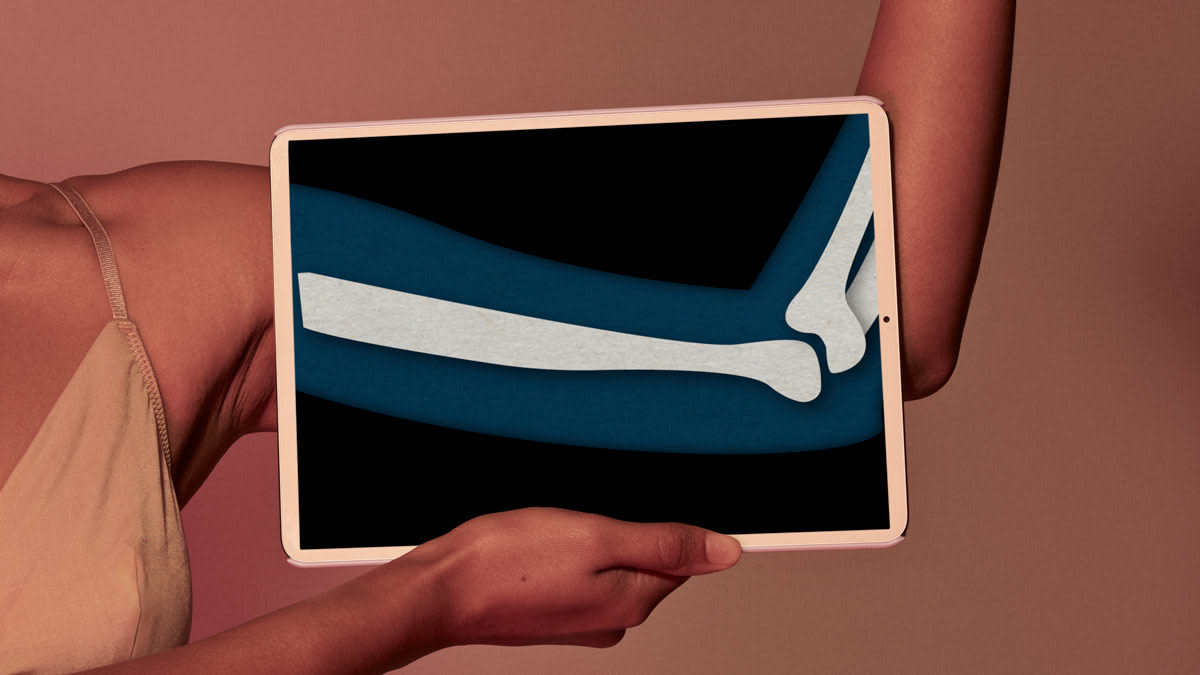
It depends largely on your level of risk or FRAX score. “If someone has osteopenia but a low to moderate 10-year fracture risk, we’ll take a different approach than we would for someone with osteopenia who’s at high risk,” Singer says. For instance, if your 10-year probability of a major fracture (spine, hip, shoulder, or forearm) is 20 percent or more, your doctor will probably start you on meds to prevent more bone loss and reduce fracture risk.
Otherwise, lifestyle measures are the best course, says Clemens Bergwitz, MD, an endocrinologist at the Yale School of Medicine in New Haven, Conn. (See “3 Key Ways to Build Bone Strength,” below.) Most slow bone loss or maintain the bone density you have, except for exercise, which may actually help build bone strength. “When patients who have previously been sedentary start to exercise, we often see that their bone density even improves slightly, even if they have osteoporosis,” Bergwitz says.
Your doctor will probably want you to stick to low-impact activities, such as brisk walking or using an elliptical trainer, instead of those that require jumping or running. For strength training, start with moves that use only your own body weight, like wall push-ups or squats. In addition, tai chi and yoga can improve balance and reverse osteopenia at the wrists, when doing moves like downward facing dog and bridge pose, Bergwitz says. But if you have severe osteoporosis, some yoga poses, like bridge pose, can hike the risk of bone or joint injuries, according to a 2019 study published in Mayo Clinic Proceedings.
If you have low bone mass, it’s wise to stick with low-impact exercises instead of those that require jumping or running.









